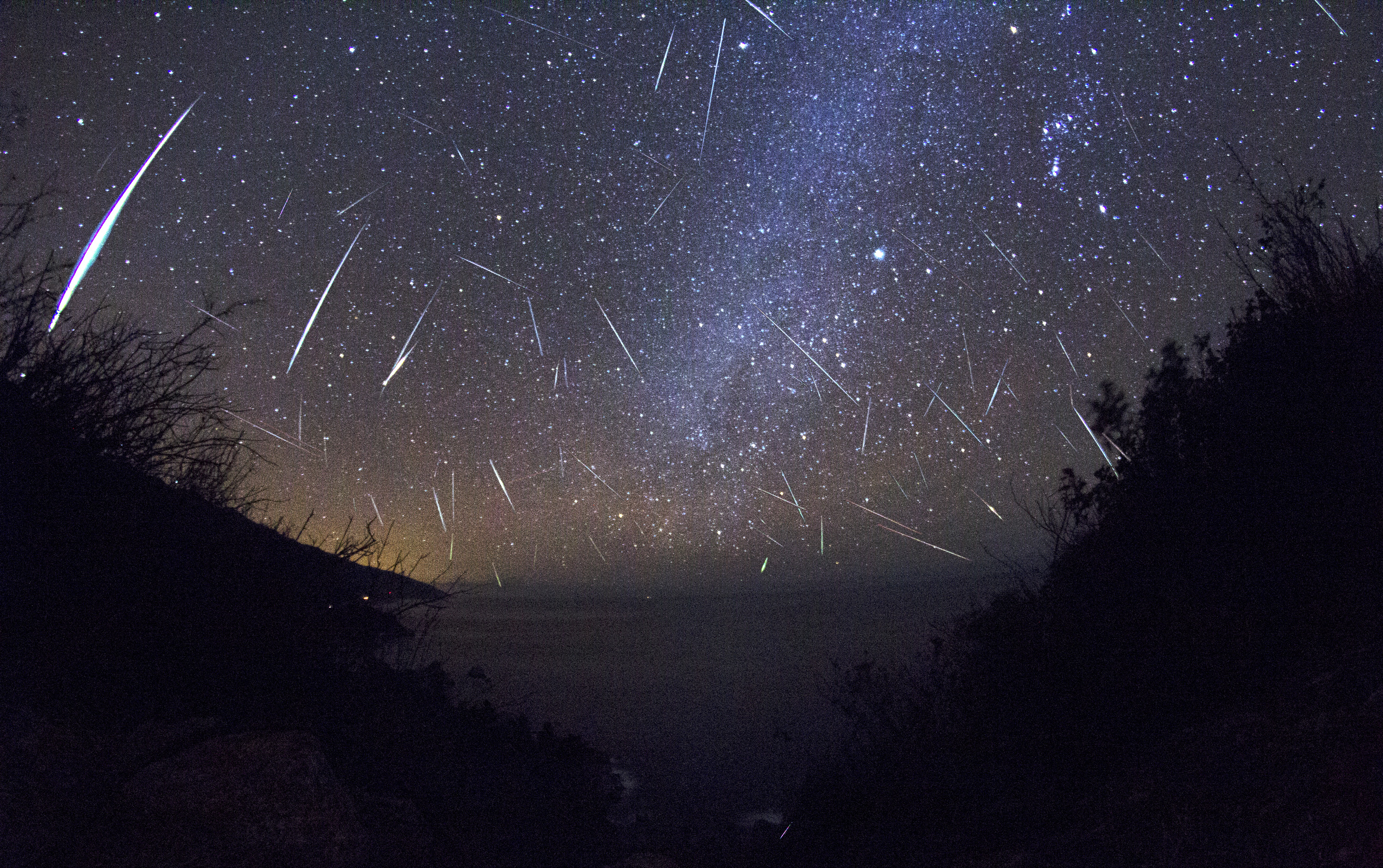Dozens of shooting stars are expected to streak across the sky as Earth passes through debris of Halley’s Comet. The peak of the annual Orionid meteors should be visible this weekend, with showers producing around 20 meteors every hour.
Meteoroids from Halley’s Comet will strike Earth’s atmosphere at a speed of 148,000mph, (238,000kph) burning up in streaking flashes of light that can be seen with the naked eye.

Tom Kerss, an astronomer at the Royal Observatory Greenwich, said:
“The Orionids is a modest shower, producing around 20 meteors per hour at best under absolutely perfect conditions. In reality, you’ll see far fewer, because your local conditions are variously less than ideal, but Orionid meteors are known for their speed and brilliance, so if you persevere there’s a good chance you’ll see several bright ‘shooting stars’ zipping across the sky.”

The shower is active throughout October, but Kerss says the best time to see it will be on October 22 between midnight and dawn, when the sky is darkest and the shower will be at its brightest. (Picture: PA) Mr Kerss said:
“We expect the peak to occur on the night of 21/22 October when the young crescent Moon will set conveniently before the radiant of the shower – the point from which the meteors appear to spread out – rises in the east. If you can brave the cold, make a plan to stay out between midnight and 3am on Sunday morning to give yourself the best chance, and enjoy the thrill of seeing tiny flecks of Halley’s Comet disintegrate at hypersonic speeds above your head.”
He advises finding a secluded spot and allowing the eyes to adjust to the darkness. Mr Kerss said:
“There’s no advantage to using binoculars or a telescope, your eyes are the best tool available for spotting meteors, so relax and gaze up at the sky, and eventually your patience will be rewarded. Meteors can appear anywhere in the sky, though if you have to pick a direction, you might fare slightly better looking east.”
